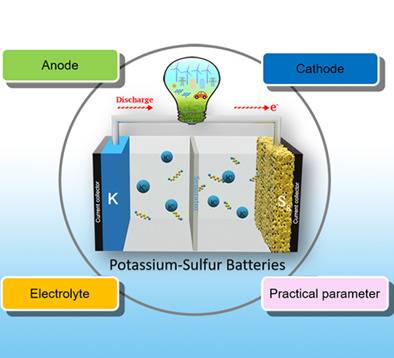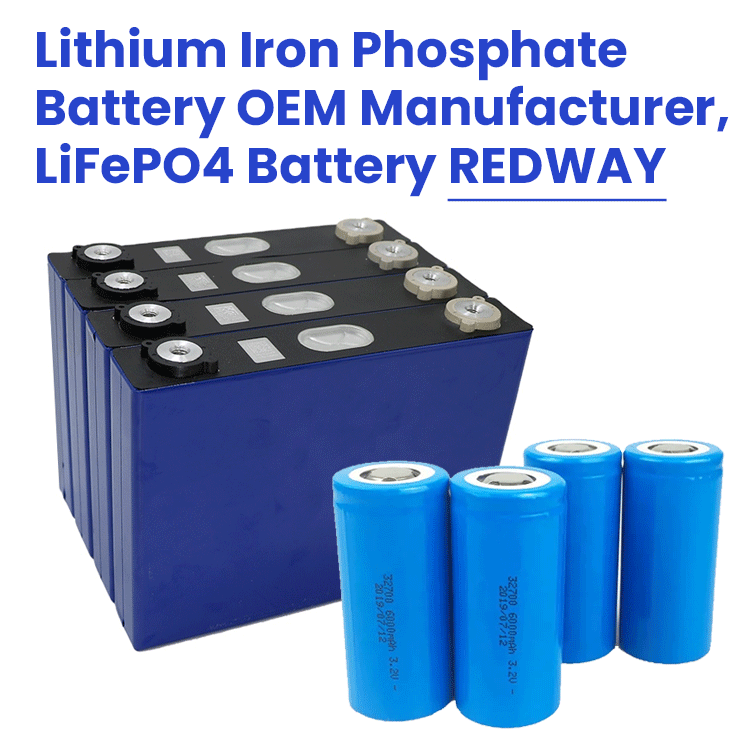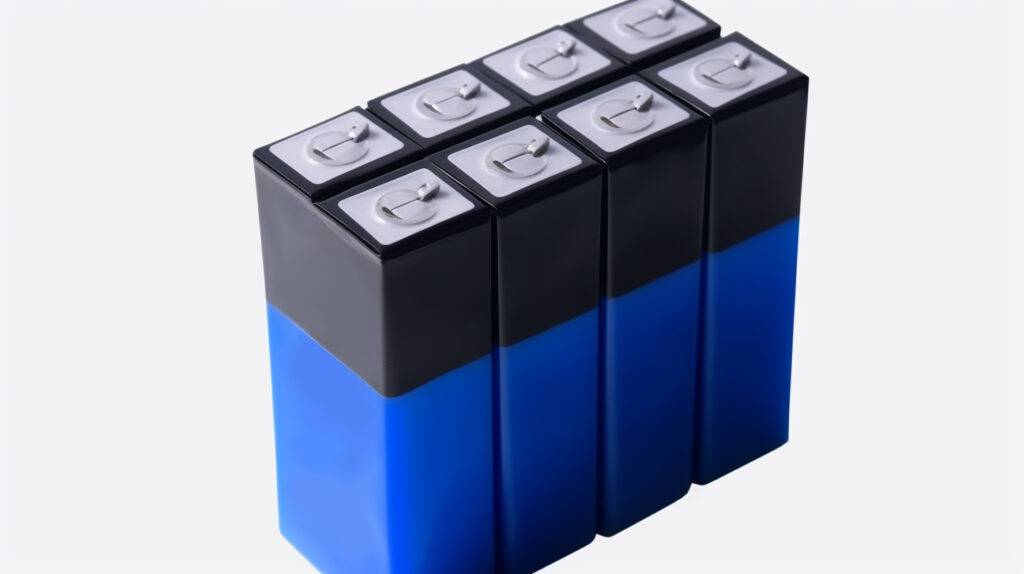Modern energy solutions encompass a range of technologies and strategies aimed at enhancing the efficiency and sustainability of renewable energy sources. These solutions, including advanced energy storage systems, smart grids, and digital management tools, are revolutionizing how we produce, store, and consume energy, paving the way for a cleaner and more resilient future.
What are modern energy solutions in renewable energy?
Modern energy solutions refer to innovative technologies and practices that optimize the generation, storage, and consumption of renewable energy sources such as solar, wind, and hydroelectric power. These solutions aim to reduce carbon emissions, enhance energy efficiency, and promote sustainability by integrating various technologies like smart grids, battery storage systems, and AI-driven analytics.
Chart: Key Components of Modern Energy Solutions
| Component | Description |
|---|---|
| Renewable Energy Sources | Solar, wind, hydroelectric |
| Energy Storage Systems | Batteries, pumped hydro |
| Smart Grids | Digital technology for efficient grid management |
| AI Analytics | Data-driven insights for optimizing usage |
How do energy storage systems function within renewable energy frameworks?
Energy storage systems play a crucial role in balancing supply and demand in renewable energy frameworks by storing excess electricity generated during peak production times for later use. These systems convert surplus electricity into stored energy—typically in batteries—which can be dispatched when demand exceeds production or during outages, ensuring a stable power supply.
Chart: Operation of Energy Storage Systems
| Step | Description |
|---|---|
| 1. Generation | Renewable sources produce excess electricity |
| 2. Conversion | Surplus electricity is converted into stored form |
| 3. Storage | Stored energy is kept in batteries |
| 4. Dispatch | Stored power is released during high demand |
What benefits do modern energy solutions provide for consumers and the environment?
The adoption of modern energy solutions offers numerous benefits:
- Cost Savings: Reduced utility bills through optimized consumption and potential income from selling excess power back to the grid.
- Energy Independence: Increased self-sufficiency by utilizing locally generated renewable resources.
- Environmental Impact: Significant reductions in greenhouse gas emissions contribute to combating climate change.
- Reliability: Enhanced grid stability through integrated storage systems that mitigate fluctuations in supply.
What types of energy storage technologies are currently available?
Several types of energy storage technologies are available today:
- Lithium-ion Batteries: Commonly used for residential applications due to their efficiency and scalability.
- Lead-Acid Batteries: More traditional but less efficient; suitable for specific applications.
- Pumped Hydro Storage: Utilizes gravitational potential by pumping water uphill during low demand and releasing it to generate electricity during peak demand.
- Compressed Air Energy Storage (CAES): Stores excess electricity by compressing air in underground caverns for later use.
Chart: Comparison of Energy Storage Technologies
| Technology | Efficiency (%) | Lifespan (Years) | Application |
|---|---|---|---|
| Lithium-ion | 90-95 | 10-15 | Residential, commercial |
| Lead-Acid | 70-80 | 3-5 | Backup power |
| Pumped Hydro | 70-90 | 30+ | Utility-scale |
| Compressed Air | 70-80 | 20+ | Large-scale grid applications |
How can consumers maximize savings through renewable energy solutions?
Consumers can maximize savings by utilizing smart home technologies that monitor and optimize their energy usage patterns. By storing excess power generated from renewable sources during off-peak hours and using it during peak pricing periods, homeowners can significantly reduce their electricity bills. Additionally, participating in net metering programs allows consumers to sell surplus power back to the grid.
Why is digitalization critical to the advancement of renewable energy?
Digitalization enhances the efficiency and reliability of renewable energy systems through advanced data analytics, real-time monitoring, and automated control systems. Smart grids utilize digital technology to facilitate two-way communication between utilities and consumers, allowing for better demand response management and integration of distributed energy resources.
How does decentralization contribute to more efficient energy systems?
Decentralization empowers localized energy production and consumption by enabling communities to generate their own power using renewable resources like solar panels or wind turbines. This reduces reliance on centralized fossil fuel-based power plants, enhances resilience against outages, and promotes sustainable practices at a community level.
Chart: Benefits of Decentralized Energy Systems
| Benefit | Description |
|---|---|
| Increased Resilience | Localized generation reduces vulnerability |
| Environmental Sustainability | Lowers carbon footprint through clean resources |
| Economic Opportunities | Creates jobs in local renewable projects |
What innovations are driving the future of energy storage and management?
Innovations such as solid-state batteries, advanced grid management software, and AI-driven forecasting tools are shaping the future of energy storage and management. Solid-state batteries promise higher efficiency and safety compared to traditional lithium-ion batteries, while AI algorithms enhance predictive capabilities for better integration of renewables into the grid.
Latest News
Recent advancements in battery technology have led to significant improvements in efficiency and lifespan for residential solar storage systems. Companies are increasingly investing in solid-state battery research as they promise enhanced performance over conventional lithium-ion options. Additionally, governments worldwide are implementing policies that encourage decentralized renewable projects to foster local resilience against climate change.
Editor Comment
“The shift towards modern energy solutions is not just a trend; it represents a fundamental change in how we approach our relationship with power generation and consumption. By embracing innovation across all sectors—from residential setups to large-scale utilities—we can create a sustainable future that prioritizes both environmental health and economic viability.”
FAQ Section
Q1: What is the primary function of an energy storage system?
A1: The primary function is to store excess electricity generated from renewable sources for later use when demand exceeds supply.Q2: How do smart grids enhance renewable energy utilization?
A2: Smart grids facilitate real-time monitoring and communication between producers and consumers, optimizing electricity distribution based on current demand.Q3: Are there financial incentives for adopting renewable energy solutions?
A3: Yes, many governments offer tax credits, rebates, or net metering programs that allow homeowners to sell excess power back to the grid.







